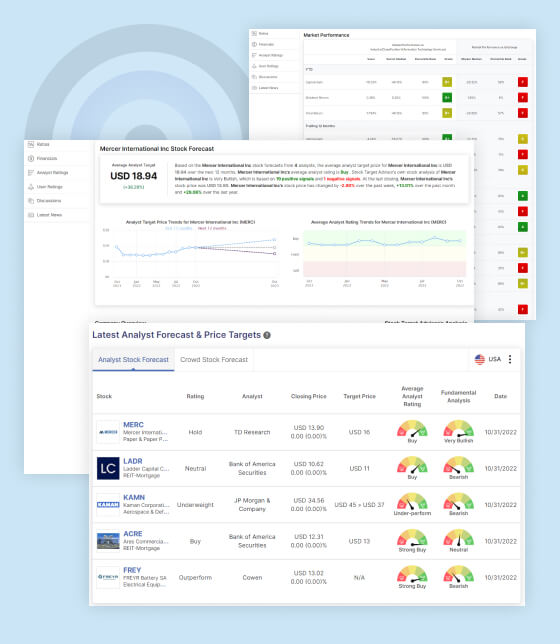Around 1.7 billion individuals worldwide are estimated to be unbanked, with around one-quarter of the world’s population lacking an account with a financial institution. Crypto enables anyone to become their own bank through DeFi, allowing access to many financial services.
DeFi operates through liquidity pools, which provide funds for various activities. This innovative approach aims to bridge the gap between traditional and decentralised financial services.
Liquidity Pool Explained:
A liquidity pool is a smart contract containing digital coins used for decentralised finance activities on a decentralised exchange (DEX). It allows users to pool their assets and receive rewards in proportion to their liquidity. This system eliminates the need for third-party to control matching buyers and sellers, automatically using tokens in the pool to perform a trade.
How Do Liquidity Pools Work:
The smart contract controls the trading activity of liquidity pools, with automated market maker (AMM) algorithms determining and adjusting token prices based on supply and demand. Investors add tokens to the pool and receive a share of the exchange’s trading fees or investment incentive proportional to their liquidity.
Why the Pools Are Important?
Liquidity pools enable crypto trading without a central intermediary, reducing counterparty risk and exposure to risks like employee theft. This allows faster, more efficient trades and eliminates price gaps between buy and sell orders. Automated trading in crypto liquidity pools allows immediate execution of trades with minimal slippage, eliminating spreads. Users are incentivised to provide liquidity in exchange for rewards, ensuring a more efficient and transparent trading environment.
Benefits and Risks:
Liquidity pools offer traders reduced slippage and faster transactions, as they can fill orders at different prices. This reduces the risk of slippage in illiquid markets. By encouraging users to provide liquidity independently, liquidity pools have contributed to the rapid growth of DeFi, enabling developers to create more efficient trading venues.
Impermanent Loss is a risk in decentralised finance liquidity pools, where liquidity providers (LPs) may experience a temporary reduction in value due to changes in asset price ratios. To mitigate this, LPs can use strategies like impermanent loss insurance or lower volatility pools.
Smart contracts, which automate transactions on the blockchain, also pose risks due to vulnerabilities like reentrancy attacks and integer overflow. Regular audits and robust security measures are crucial for ensuring contract integrity. Volatility and market risks also impact liquidity pools, as they can be impacted by price fluctuations. LPs must constantly evaluate and adapt risk management strategies to ensure stability and sustainability.
How to Participate in a Pool:
To participate in a liquidity pool, choose a platform like Uniswap, SushiSwap, or Curve based on your desired assets, rewards, and user interface. Next, connect a crypto wallet, such as MetaMask. Then, select a pair, as returns depend on the pool’s functionality and assets. Provide multi-asset liquidity, adding both assets in a pool. Lastly, add liquidity by identifying your chosen asset pair and depositing tokens.
Users will receive LP tokens representing their piece of the pool, and trading fee rewards are usually deposited automatically. Users can redeem their rewards upon redeeming their LP tokens.
Examples of Pool Protocols:
Uniswap, a decentralised exchange protocol built on Ethereum, has revolutionised liquidity provision by allowing users to trade ERC-20 tokens directly from their wallets. Its unique AMM model uses smart contracts to facilitate trades, enabling continuous trading and price discovery.
Uniswap’s popularity has surged due to its simplicity, low fees, and permissionless nature, empowering anyone to become a liquidity provider. Sushiswap, another decentralised liquidity protocol, uses the Ethereum blockchain and AMM to earn fees by providing liquidity to token pairs.
PancakeSwap, built on the Binance Smart Chain, uses an AMM system to eliminate the need for traditional order books and allows users to earn fees and rewards by staking their tokens in liquidity pools. Its native token, CAKE, plays a vital role in governance and incentivising participants.
Final Thoughts:
The crypto market is highly active, requiring numerous cryptos to function. Liquidity pools, a key innovation in decentralised exchanges, help maintain fast transactions on volatile networks. It provides platforms with necessary assets, ensuring the operations will go smoothly at any time.
Stock Target Advisor is an independent Investment Research company that specializes in stock forecasting and analysis with integrated AI.































